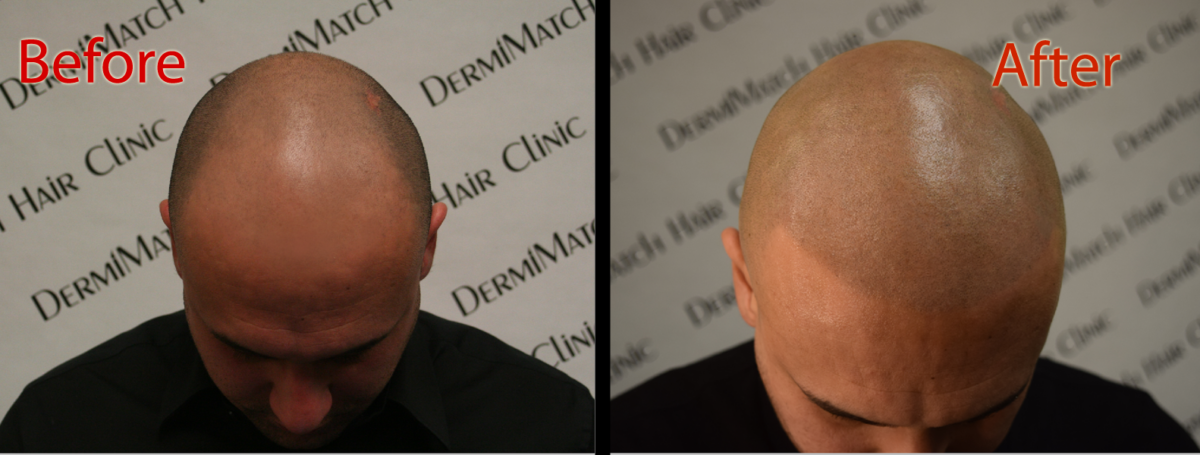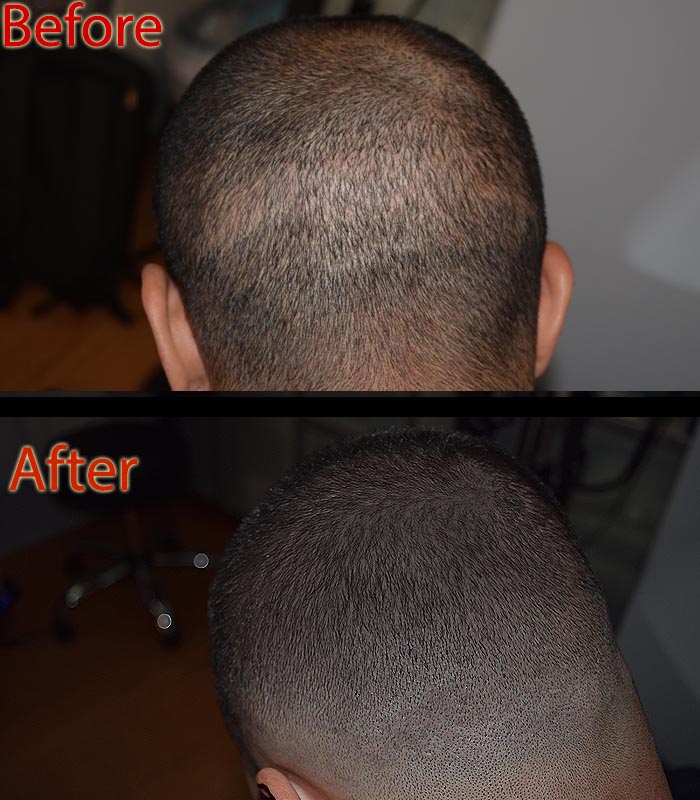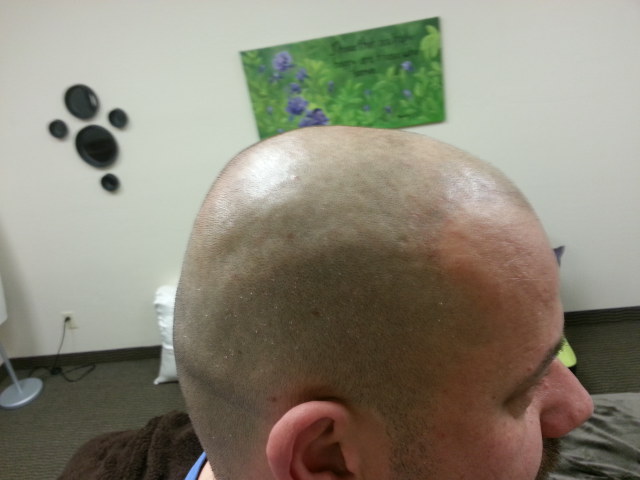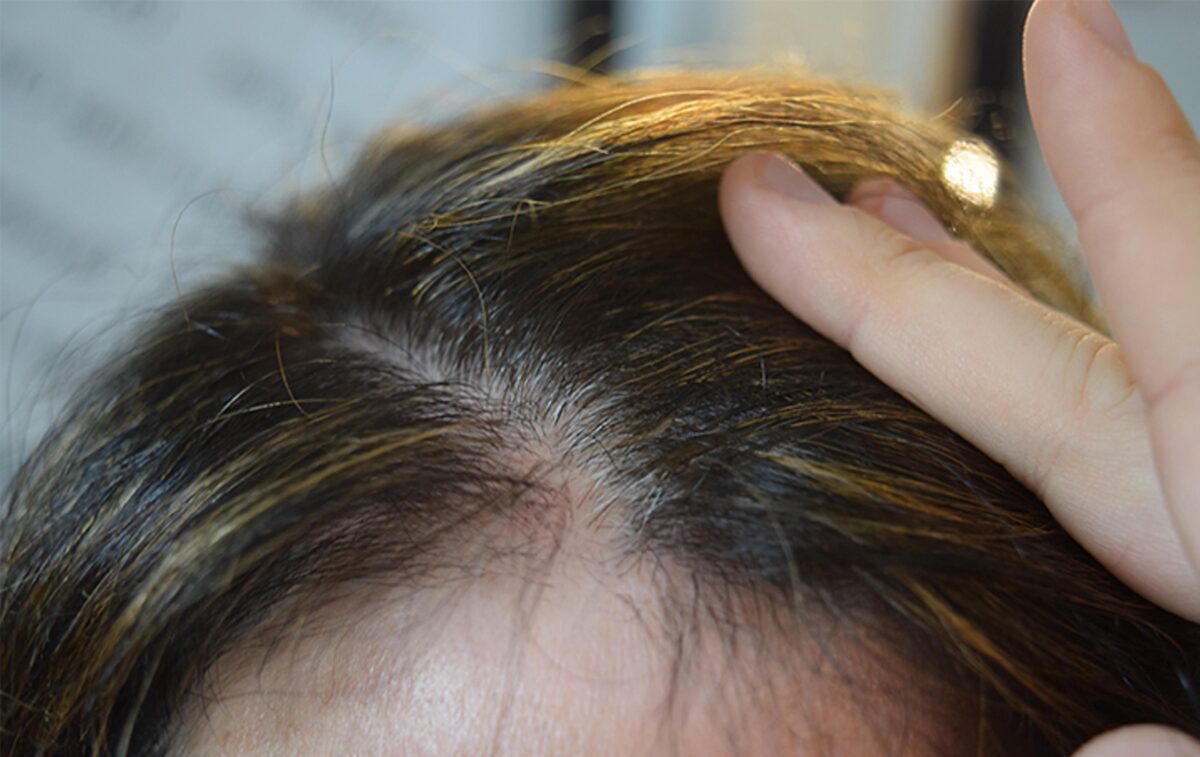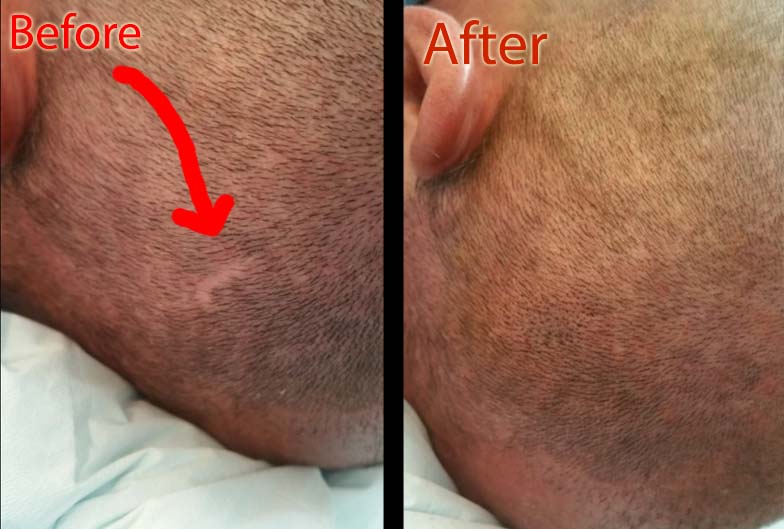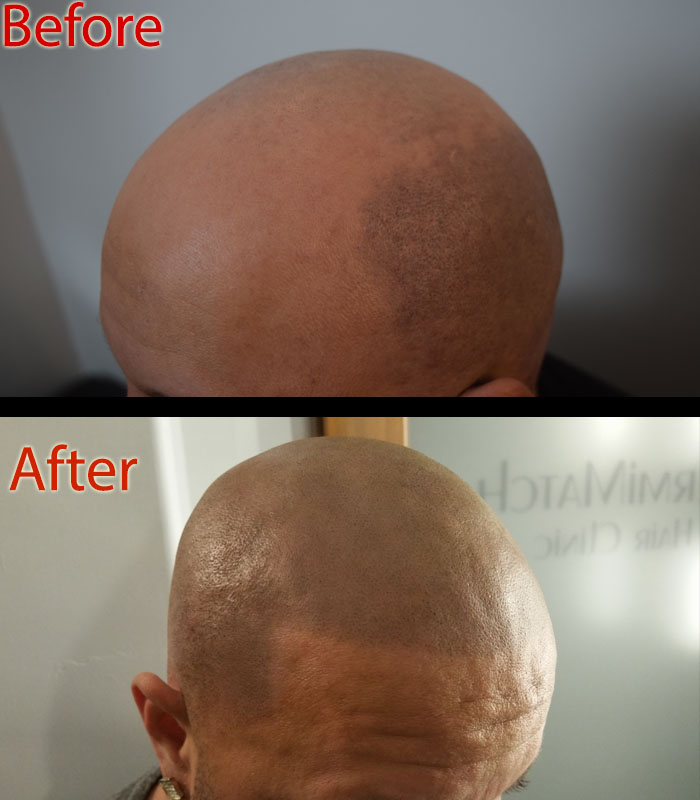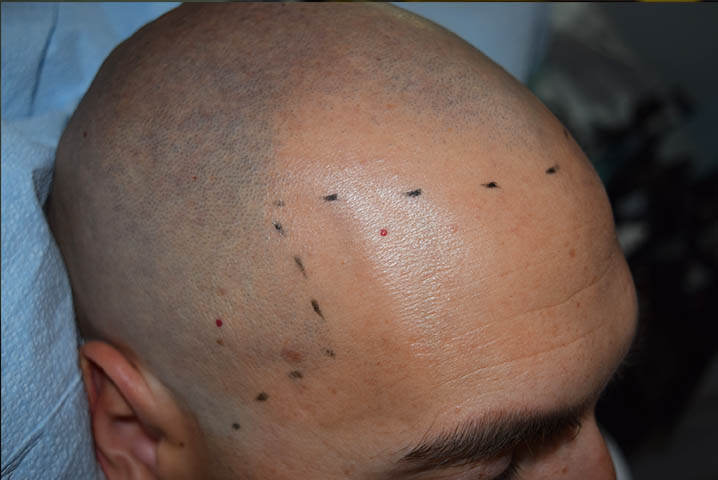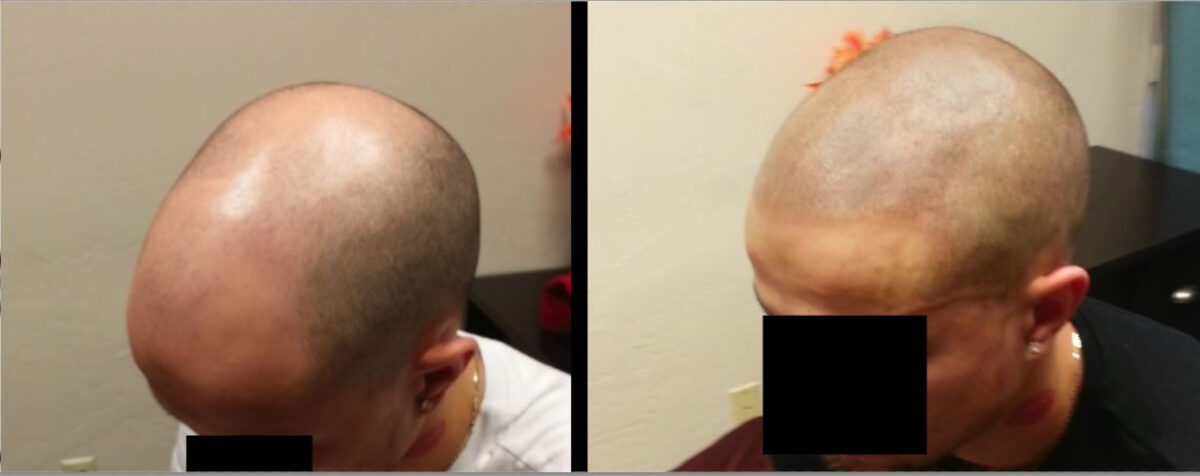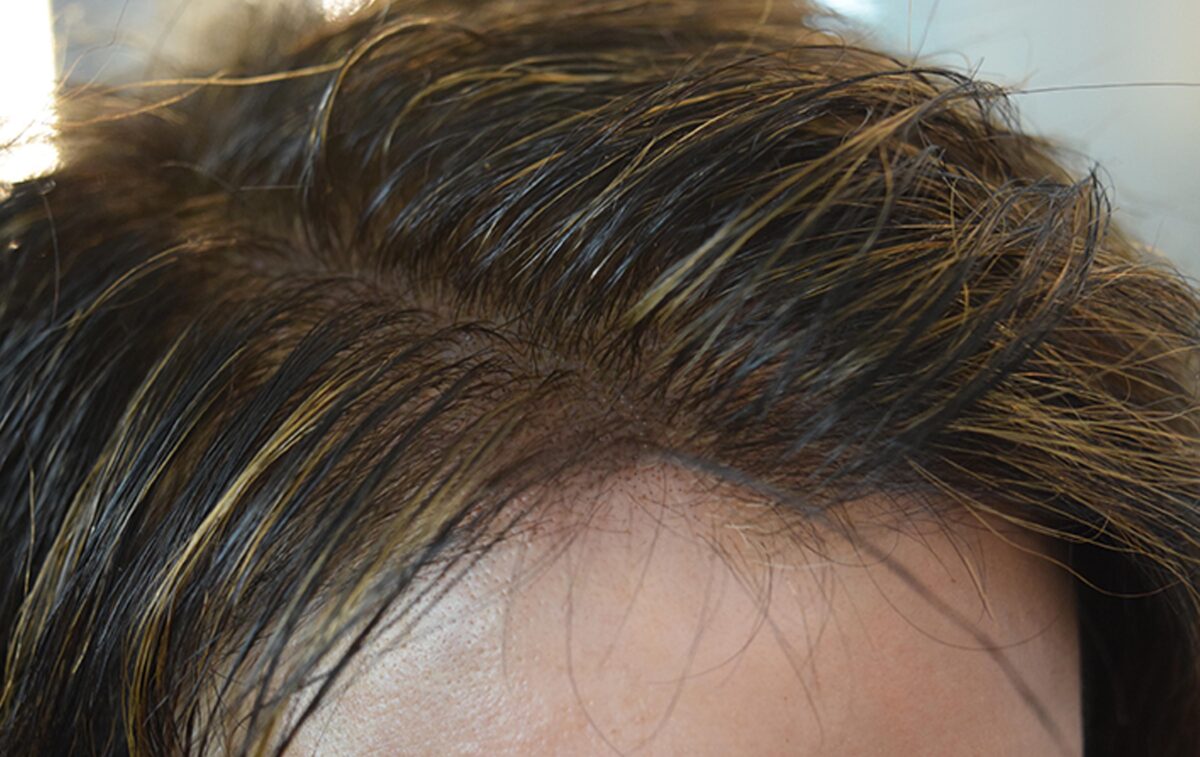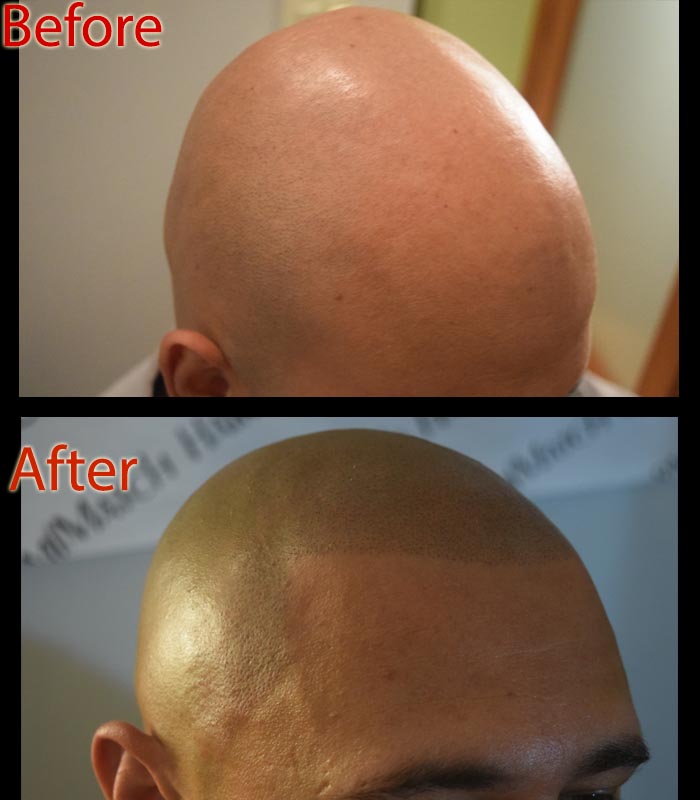The most intriguing question on your mind is if SMP can treat all types of hair loss. well, in order to understand this, let’s first explain the causes of hair loss. The causes may be genetic/hereditary, dietary, environmental, or stress related. Sometimes hair loss is blamed on medication interactions or side effects. Now let’s come to the main question. Can SMP treat hair loss?
Types of Hair Loss in Men & Women
There are different types of hair loss affecting men and women of all age groups. While hair loss can be seasonal, it depends a lot on individual factors.
If you have a family history of hair loss, you could be a victim too. True, you may not be willing to accept this fact, but it is a sad reality for many men and women. You cannot prevent genetic hair loss. You can only take steps to manage the problem.
In some cases, hair loss is caused by nutritional deficiencies. If you work on a balanced diet, you could overcome the problem of hair loss if it is caused by a poor diet. Besides, if you are living in a polluted environment, it could have an adverse effect on your physical, mental, and hair health. Hair loss is such one symptom.
Stress is also the culprit in some cases. It can easily trigger hair shedding in both men and women. If you have had a tragedy in the family and are unable to cope with it, this could have an effect on your overall well-being. Hair loss might start as a side effect of stress.
Medication side effects may also have a bearing on your hair. For example, cancer patients undergoing chemotherapy may quickly lose their hair and become bald due to the medication’s side effects.
Treating Different Types of Hair Loss With SMP
Male pattern baldness is one of the most common hair loss types among men. The first sight is a hairline that starts to recede at the temporal and frontal regions. Gradually hair starts to fall at the vertex or crown region, beginning from the middle and moving outward. These are signs of potential baldness at the top of the head. What remains is hair at the lower sides and back of the scalp.
When that happens, it hurts your self-esteem. But worry not. As a non-surgical hair treatment, scalp micropigmentation can be used to conceal the effects of pattern baldness in both men and women.
Alopecia Areata is the result of an autoimmune disorder often caused by stress. Such type of hair loss usually occurs after a person goes through a traumatic event. Any tragedy in life may bring along a lot of mental stress, thus triggering a sudden shift between the resting and growth phases. As a result, hair is in a longer resting phase. With no new hair growth, hair density becomes thin in patches.
Is SMP A Solution?
Scalp micropigmentation is an effective cosmetic treatment for hair loss. The innovative hair loss treatment is permanent and has long-lasting effects. While SMP does not stimulate hair growth, it is one of the best ways to conceal hair loss, irrespective of the type.
If you are struggling with hair loss and wondering how to overcome the problem, you may want to try scalp micropigmentation at DermiMatch Clinic. With top Phoenix SMP practitioners, DermiMatch enjoys the reputation for being the favorite destination for scalp micropigmentation clients. Contact the top Phoenix scalp micropigmentation clinic today to book your consultation.

